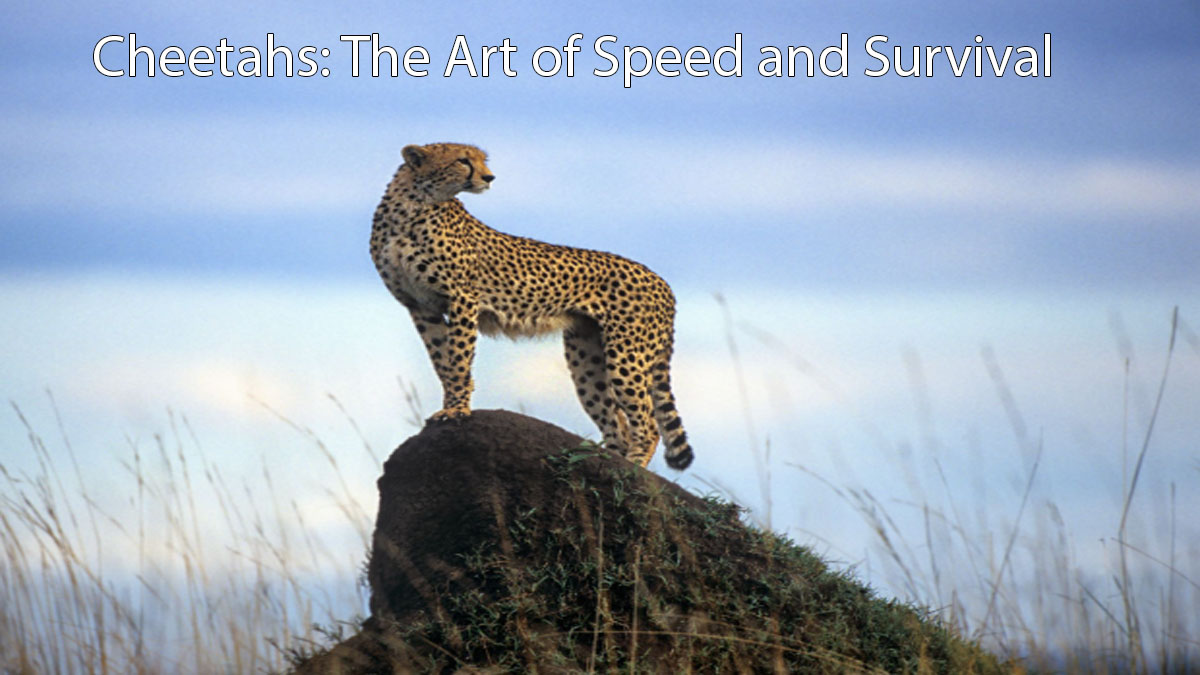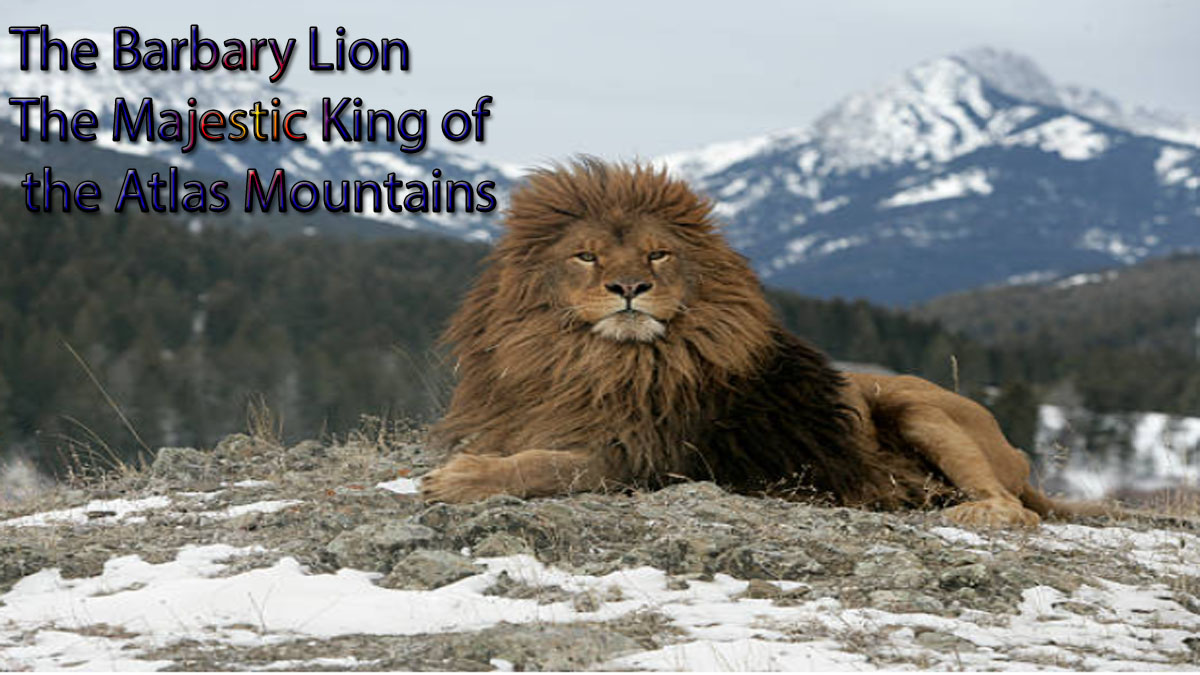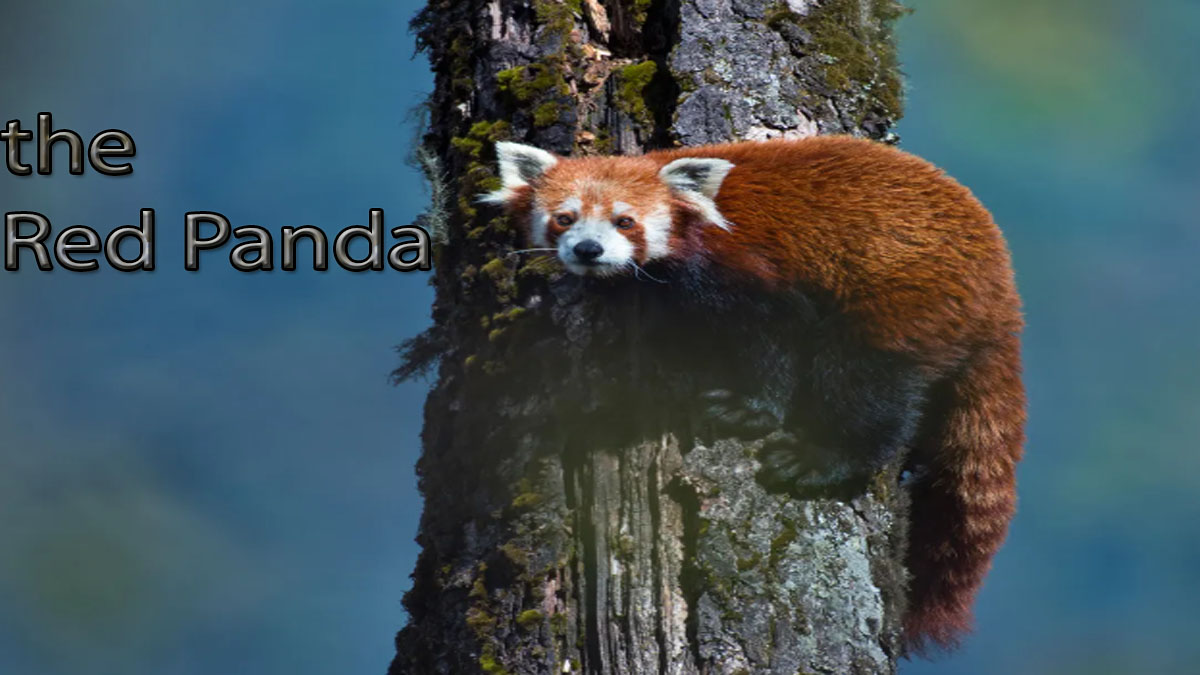Polar bears are more than majestic creatures roaming the icy expanses of the Arctic; They are protectors of their ecosystems and key indicators of environmental health. As climate change accelerates, the plight of these majestic animals highlights the urgent need for action. In this blog post, we delve into the fascinating world of polar bears, exploring their physical characteristics, habitat, diet, behavior, adaptations, and conservation efforts aimed at saving these symbols of the Arctic.

Physical Characteristics
Polar bears are the largest land carnivores, with adult males typically weighing between 900 and 1,600 pounds and females between 330 and 650 pounds. Their sheer size and strength make them formidable predators in their icy domain.
One of the most attractive features of polar bears is their fur. While it appears white, which provides excellent camouflage against snow and ice, each hair is transparent and hollow. This unique structure helps trap heat, helping to keep the bear warm in cold temperatures. Beneath their fur, a thick layer of blubber, up to 4.5 inches thick, provides additional insulation and energy storage.
Their large paws, which can measure up to 12 inches in diameter, act like snowshoes, distributing their weight and preventing them from sinking into the snow. The claws are equipped with small, soft bumps called papillae and strong, curved claws, which provide traction on slippery ice and make them excellent swimmers.

Habitat and Distribution
Polar bears are native to the Arctic Circle and are found in regions including Canada, Alaska (USA), Greenland, Norway, and Russia. They are highly dependent on sea ice, which they use as a platform to hunt seals, which are their primary food source. The distribution of polar bears is closely linked to the availability of sea ice, and they are known to migrate seasonally, expanding and retreating in the wake of the ice.
In winter, polar bears move onto the sea ice to hunt, while in summer, when the ice melts, they may retreat to land or remain on the remaining ice. This seasonal movement is crucial to their survival, as it allows them to reach their prey and maintain their body position.

Diet and Hunting Techniques
A polar bear’s diet consists mainly of seals, especially ringed and bearded seals. Seals are rich in fat, which is essential for polar bears to maintain their energy levels and insulation. Polar bears have developed many hunting techniques to capture their elusive prey.
A common method is freeze-hunting, where a polar bear waits silently through a seal’s breathing hole in the ice. When the seal comes up for air, the bear quickly strikes, using its powerful front legs to pull the seal out of the water. Another technique involves breaking seal dens, which are built in snow drifts on the ice. Polar bears use their keen sense of smell to find caves and then crawl through the ice to catch the seals inside.
Polar bears are also proficient swimmers, capable of covering long distances in search of food. They can swim for hours at a time and have been recorded traveling up to 60 miles in one stretch. Their strong forelimbs and partially webbed claws make them powerful and efficient swimmers.
People also search for
| Polar Bear Ice Cream | Polar bear size |
| Polar bear height | Why are polar bears Endangered |
| Polar bear eat | Polar bear scientific name |
| Polar bear drawing | Polar Bear order |
| Brown bear | Kodiak bear |
| Grizzly bear | American black bear |

Behavior and Reproduction
Polar bears are generally solitary animals, except for females with cubs and during mating season. They have a keen sense of smell, which they use to find food and navigate their environment. Polar bears are also known for their intelligence and problem-solving abilities, often using tools such as ice picks to aid in hunting.
Mating season for polar bears is in the spring, and females give birth to one to three cubs after a gestation period of about eight months. The cubs are usually born in a cave made of ice, where they live for the first few months of their lives. The mother provides warmth and nourishment, and the family stays in the den until the cubs are strong enough to leave. Cubs typically stay with their mothers for about 2.5 years, learning essential survival skills before becoming independent.

Adaptations for Survival
Surviving the harsh Arctic environment requires a range of physiological and behavioral adaptations. The most important adaptation is their insulation. Polar bears have a thick layer of blubber, which provides both insulation and buoyancy. Their dense fur further insulates them from the cold and helps them blend in with their surroundings.
Another major adaptation is their strong swimming ability. Polar bears are excellent swimmers, capable of traveling long distances in water. This ability is crucial to their survival, as it allows them to move between ice floes and hunt seals in the water. They can swim at a speed of 6 miles per hour and maintain a steady speed for several hours.
Polar bears also have keen senses that help them navigate and hunt in their environment. Their sense of smell is particularly well-developed, allowing them to detect seals up to a mile away and under several feet of compacted snow. Their eyesight and hearing are also adapted to arctic conditions, which help them hunt and avoid danger.

Conservation Status and Threats
Polar bears are currently classified as Vulnerable by the International Union for Conservation of Nature (IUCN). The primary threat to their survival is climate change, which is causing sea ice to melt at an alarming rate. As the ice recedes, polar bears are forced to travel greater distances to find food, increasing energy expenditure and reducing access to their primary prey.
Loss of sea ice also affects their ability to reproduce, as it reduces the availability of suitable denning sites for females to give birth and raise their young. Additionally, human activities such as oil and gas exploration, shipping, and pollution pose significant threats to polar bear populations. These activities can result in habitat destruction, increased human-bear conflict, and exposure to harmful pollutants.

Human interactions and conservation efforts
Human interactions with polar bears are complex and multifaceted. In some regions, polar bears are seen as a threat to human safety and livelihoods, leading to conflict and in some cases the killing of bears. However, many organizations and communities are working to reduce these conflicts and promote coexistence.
Conservation efforts for polar bears focus on mitigating climate change, protecting their habitat, and managing human-bear interactions. International agreements, such as the Agreement on the Conservation of Polar Bears, aim to coordinate efforts among Arctic nations to protect polar bears and their environment. In addition, research and monitoring programs help track polar bear populations and assess the impact of environmental changes on their survival.
Individuals can also contribute to polar bear conservation by supporting policies and initiatives aimed at reducing greenhouse gas emissions, promoting sustainable practices, and raising awareness of the impact of climate change on polar bears and their habitat.

Conclusion
Polar bears are a symbol of the Arctic and a powerful indicator of the health of their environment. As climate change continues to reshape the Arctic landscape, the fate of polar bears hangs in the balance. Understanding their biology, behavior and the challenges they face is critical to developing effective conservation strategies. By working together, we can help ensure that these magnificent creatures continue to thrive in their icy home for generations to come.
Read Our More Posts: CLICK HERE
READ MORE ABOUT: CLICK HERE
FAQ People also ask
What is a polar bear famous for?
Considered to be talented swimmers, polar bears can maintain speeds of up to six miles per hour by paddling with their front paws and holding their hind legs flat like a rudder. They have a thick layer of body fat and a water-repellent coat that insulates them from cold air and water.
Which country is known as a polar bear?
Polar bears live in Alaska, Canada, Russia, Greenland, and some northern islands owned by Norway such as Svalbard. Polar bears rely on sea ice, which forms over open water where their seal prey lives.
What are the few lines of a polar bear?
Polar bears have long necks, relatively small heads, short, round ears, and short tails. Males, which are much larger than females, weigh 410 to 720 kg (900 to 1,600 lb). It grows to about 1.6 meters (5.3 ft) tall at the shoulder and 2.2–2.5 meters in length.
Why are polar bears special?
Why are polar bears important? Polar bears are at the top of the food chain and play an important role in the overall health of the marine environment. For thousands of years, polar bears have also been an important part of the culture and economy of Arctic peoples.











